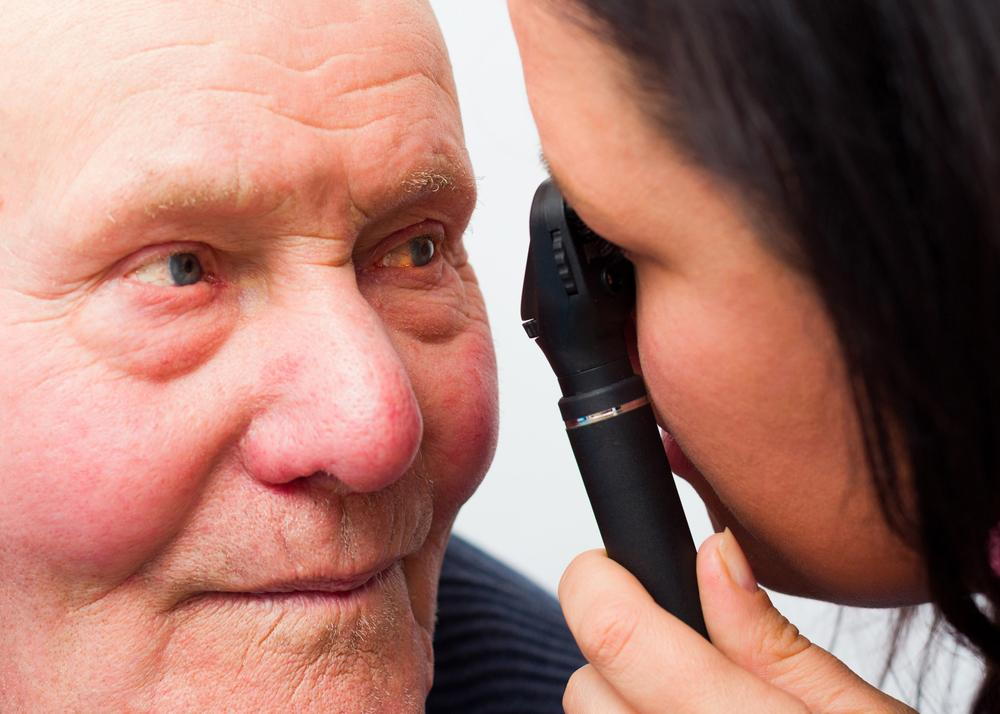What Are The Three Stages Of Age-Related Macular Degeneration (AMD)

- posted: Apr. 04, 2024
What Are the Three Stages of Age-Related Macular Degeneration (AMD)?
Macular degeneration can cause vision loss and mainly occurs with advanced age. Regular visits to an optometrist near you in Wichita can lead to early detection. Visit Wichita Optometry, P.A. for annual eye exams and answers to vision questions related to aging.
Understanding Macular Degeneration
Age-related macular degeneration (AMD) causes deterioration of your central vision. The macula is part of the retina at the back of your eye. This area controls straight-ahead vision. When this light-sensitive tissue begins to degrade, central vision may become blurry.
AMD is a leading cause of vision loss for older adults. So, it's important to do everything you can to prevent or detect it as early as possible. Without central vision, it's difficult to read, drive, or see objects close up. In some cases, there are no symptoms of the early stages of macular degeneration. That's why annual vision checkups are so important.
What Are the Three Stages of AMD?
First, it's important to understand the difference between wet and dry macular degeneration. Dry AMD is also called atrophic AMD and is the type most people develop. The three stages are early, intermediate, and late macular degeneration.
This condition develops over a period of years. There are ways to slow the progress of this disease. However, there are currently no treatments for late-stage dry macular degeneration. Talk to your optometrist to find out how you can protect your healthy eye if you develop the condition in one eye.
Wet AMD is an advanced neovascular condition. It's not as common as dry AMD but causes far more damage and progresses rapidly. Wet AMD has one stage, and it occurs when thick blood vessels damage the soft tissue of the macula. On the bright side, wet AMD can be treated.
How Can You Tell if You Have AMD?
Macular degeneration occurs progressively, meaning that your vision worsens over time. Unfortunately, early dry AMD doesn't typically have any symptoms. At the intermediate stage, you may notice mild blurriness impacting your central vision. However, some people have no symptoms until late-stage macular degeneration.
Wet and dry AMD have similar symptoms as the severity of the condition worsens. You may have difficulty perceiving straight lines. Commonly, there is a blurry spot in the central vision area. Over time, this blurry area may expand. If you have problems seeing in low lighting or differentiating bright colors, you may have late-stage AMD.
Make an Eye Care Appointment Today
Looking for an optometrist near you in Wichita? At our optometry center, our eye doctors perform a dilated eye exam to test for macular degeneration. At Wichita Optometry, P.A., we do everything we can to protect your vision for life. Contact us today for an appointment.

- posted: Apr. 04, 2024
What Are the Three Stages of Age-Related Macular Degeneration (AMD)?
Macular degeneration can cause vision loss and mainly occurs with advanced age. Regular visits to an optometrist near you in Wichita can lead to early detection. Visit Wichita Optometry, P.A. for annual eye exams and answers to vision questions related to aging.
Understanding Macular Degeneration
Age-related macular degeneration (AMD) causes deterioration of your central vision. The macula is part of the retina at the back of your eye. This area controls straight-ahead vision. When this light-sensitive tissue begins to degrade, central vision may become blurry.
AMD is a leading cause of vision loss for older adults. So, it's important to do everything you can to prevent or detect it as early as possible. Without central vision, it's difficult to read, drive, or see objects close up. In some cases, there are no symptoms of the early stages of macular degeneration. That's why annual vision checkups are so important.
What Are the Three Stages of AMD?
First, it's important to understand the difference between wet and dry macular degeneration. Dry AMD is also called atrophic AMD and is the type most people develop. The three stages are early, intermediate, and late macular degeneration.
This condition develops over a period of years. There are ways to slow the progress of this disease. However, there are currently no treatments for late-stage dry macular degeneration. Talk to your optometrist to find out how you can protect your healthy eye if you develop the condition in one eye.
Wet AMD is an advanced neovascular condition. It's not as common as dry AMD but causes far more damage and progresses rapidly. Wet AMD has one stage, and it occurs when thick blood vessels damage the soft tissue of the macula. On the bright side, wet AMD can be treated.
How Can You Tell if You Have AMD?
Macular degeneration occurs progressively, meaning that your vision worsens over time. Unfortunately, early dry AMD doesn't typically have any symptoms. At the intermediate stage, you may notice mild blurriness impacting your central vision. However, some people have no symptoms until late-stage macular degeneration.
Wet and dry AMD have similar symptoms as the severity of the condition worsens. You may have difficulty perceiving straight lines. Commonly, there is a blurry spot in the central vision area. Over time, this blurry area may expand. If you have problems seeing in low lighting or differentiating bright colors, you may have late-stage AMD.
Make an Eye Care Appointment Today
Looking for an optometrist near you in Wichita? At our optometry center, our eye doctors perform a dilated eye exam to test for macular degeneration. At Wichita Optometry, P.A., we do everything we can to protect your vision for life. Contact us today for an appointment.
